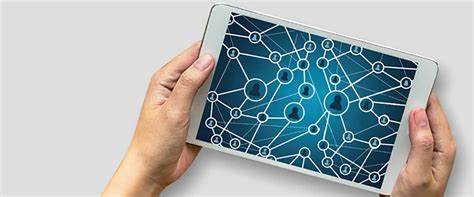I am constantly surprised by the number of individuals (and, I have to say, businesses) who take a very casual attitude to their data, rarely prioritising any form of protection against disaster or data corruption or loss.
For an individual, it may only be a matter for years of regret if all your computer data is lost or trashed, but for a company it might be corporate life or death. Very few organisations and fewer individuals make regular backups of their data and even fewer do so in a robust, secure manner.
Data Loss
Firstly, let’s address the issue of data loss and its causes:
Consider the scenarios below, which could result in loss or corruption of data
- The computer itself may be stolen or destroyed (e.g. by a fire)
- The data or system disk may fail and become unreadable – this may also be caused by a virus or ransomware infection.
- One or more files may be corrupted or deleted either accidentally or deliberately (also often by virus or ransomware)
- A software change or user error may result in files being accidentally encrypted or encryption access keys lost.
Assuming that there are no backups, any of the above could mean the loss of valuable, maybe even critical, information. Many companies underestimate by an order of magnitude the losses following a disaster involving significant data loss: Most would not survive!
For an individual, you might lose all your photographs, all your family emails, all your financial records and downloaded music… While not life-threatening, the emotional impact could be significant, and the expenditure (in both cash and time) to recover it could be significant, assuming it’s even possible.
The best way to minimise the impact of such a disaster is to keep backups.
What is a backup?
A backup is a copy of the computer’s files, held on a separate medium. There are two distinct types:
1 Data backups, which do not normally include any of the applications required to access the data.
2 System ‘image’ backup, which includes every file on the computers system disk and can be used to recreate the entire system should the computer be lost or damaged.
Data backups are, normally, relatively small: people are often surprised by how small.
System image backups, by contrast, are often quite large and have limited value since, normally, they can only be reloaded onto a computer identical to the one that created them. Hence, if you’ve lost the computer, the backup is of very limited use. It’s normally only used to recover following the failure of a hard disk: anything else and the image won’t work.
Hence, by all means keep an image backup of your system disk, in case it fails, but, better, keep the system/application installation disks/licences/keys so that the apps can be re-installed on a new machine.
Data backups are more versatile, and can normally be easily reloaded onto the same or a new computer. In many cases this will work even if the new machine has a different operating system to the old (although there are limitations… ).
There is, however, one important criterion if a backup is to be useful: It must be kept separately from the original data. There is little point in backing up files onto a disk that is kept in or near the original computer: lose one, lose both!
In addition, the backup disk must be kept disconnected from the main system except when the backup is being performed. Why? Viruses and ransomware will affect ALL the disks connected to an infected computer, so your backup will become unusable as well… This also applies to cloud storage: if the cloud disk is connected when the infection strikes, it, too, will be infected (and, from there, any other machine that accesses the cloud files… )
Performing a backup
So: to carry out a data backup, connect a stand-alone disk/pen drive or link to the cloud disk, run the backup programme then disconnect the backup/cloud drive and store remotely from the original machine (ideally in a separate building).
If you feel rich enough, then keep TWO backups in two different locations and update them alternately. With luck, this will mean that at least one of them will always be available to use…













